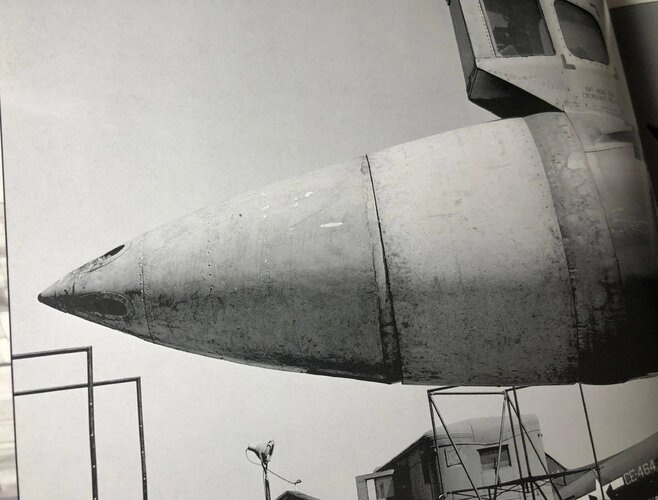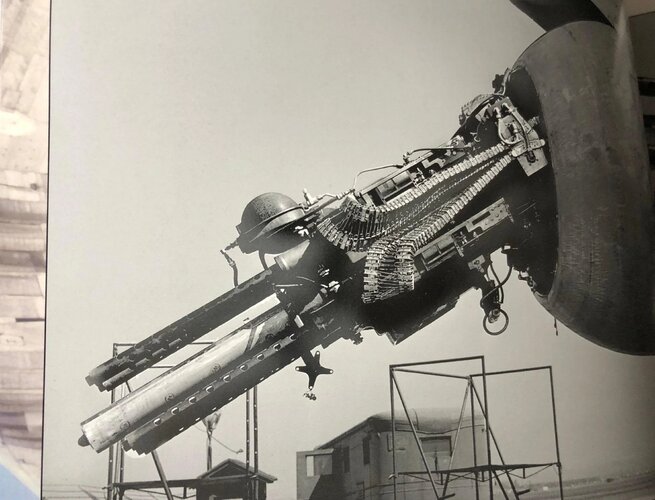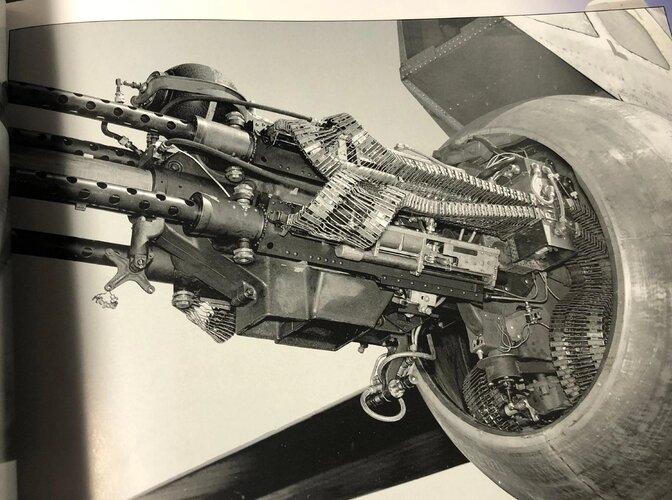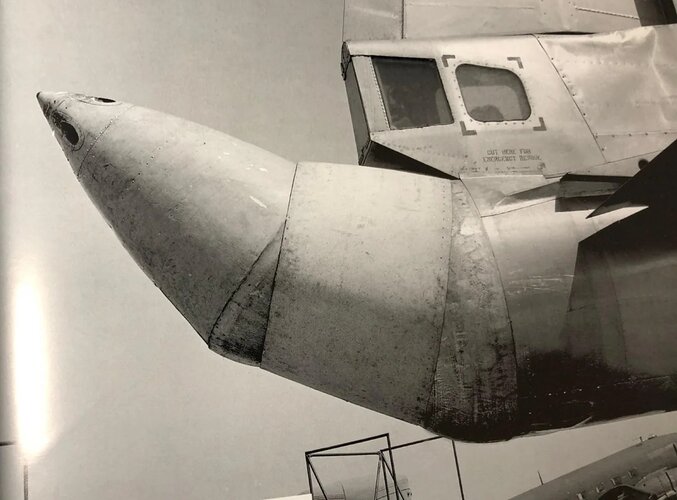- Joined
- 9 October 2009
- Messages
- 21,979
- Reaction score
- 13,645
Yes, that was a great loss. 
Flying wings are not inherent unstable. They just need a lot more attention in the design & optimization process and are most likely less forgiving, once the wing stalls.A little speculative question... I'm often wondering whether an analog FBW as per the Arrow F-16 or Mirage 2000 could tame flying wings unherent instability. Or was digital FBW absolutely necessary ? (as per B-2)
I'm not an aircraft designer, but surely fulcrums come into this, in a flying wing the elevators are on the wing, so I would assume need to be massive to have an effect, if you move them 20-30 feet away from the wing, they become far more effective - if pitch is the most difficult area for non-fbw flying wings. So if it goes a bit south, you are more rapidly out of the recoverable zone, versus tail last, or indeed canards. Also said massive effect will have a further massive effect on drag, which is probably not what you want when in a difficult spot. FBW monitoring the aircraft, and the pilots inputs sounds like the way to go, and seems to have resulted in flyable aircraft, versus what appeared to be generally unflyable aircraft.Flying wings are not inherent unstable. They just need a lot more attention in the design & optimization process and are most likely less forgiving, once the wing stalls.A little speculative question... I'm often wondering whether an analog FBW as per the Arrow F-16 or Mirage 2000 could tame flying wings unherent instability. Or was digital FBW absolutely necessary ? (as per B-2)
I'm not an aircraft designer, but surely fulcrums come into this, in a flying wing the elevators are on the wing, so I would assume need to be massive to have an effect, if you move them 20-30 feet away from the wing, they become far more effective - if pitch is the most difficult area for non-fbw flying wings. So if it goes a bit south, you are more rapidly out of the recoverable zone, versus tail last, or indeed canards. Also said massive effect will have a further massive effect on drag, which is probably not what you want when in a difficult spot. FBW monitoring the aircraft, and the pilots inputs sounds like the way to go, and seems to have resulted in flyable aircraft, versus what appeared to be generally unflyable aircraft.Flying wings are not inherent unstable. They just need a lot more attention in the design & optimization process and are most likely less forgiving, once the wing stalls.A little speculative question... I'm often wondering whether an analog FBW as per the Arrow F-16 or Mirage 2000 could tame flying wings unherent instability. Or was digital FBW absolutely necessary ? (as per B-2)
I pretty much agree with you, and respect your opinion.It is a historical fact that flying wings had a hard time to transition from demonstrators /prototypes to production aircraft. There are many reasons for that, one of them being thight(er) CG limitations (compared to a conventional layout).
However, I refuse to call them "inherent unstable" or "generally unflyable"!
Like any type of aircraft, flying wings have a longitudinal stability margin and the range over which the CG is allowed to move is well specified. Inside this range the aircraft will self-correct longitudinal (pitch) disturbances without pilot input and is considered as inherent stable.
A little speculative question... I'm often wondering whether an analog FBW as per the Arrow F-16 or Mirage 2000 could tame flying wings unherent instability. Or was digital FBW absolutely necessary ? (as per B-2)
Just to put that into perspective the B-36 could carry TWO 42,000lb Mk17/24 nuclear weapons or two of the 44,000lb T-12 conventional bombs. Or up to 138 500lb bombs. That's over 60% more than the B-1Bs 84.Ok. also the B-36 had a giganormous bomb bay able to handle the big first generation H-bombs. YB-35 / 49 bays were more fragmented.
Although the Atlas proved how fast could H-bombs shrink, when the big 5-engine design could be dropped for the familiar one.
What VTOLicious is saying is quite correct, regarding the CG limitations. Also, flying wings have more complex flight control systems, even though they are doable. As a result, until stealth became a requirement, it was easier to build conventional airframes.
Also, the advent of advanced FCS allowed flying wings to use neutral stability, which also lowered trim drag.
Advanced FCS systems also allow flying wings to avoid a problem with how flying wings operate in the stall envelope.
With flying wings, due to the way the flight controls work, i.e.-not having a separate tail, under accelerated loading, such as a tightening spiral turn, when the flying wing stalls it tends to stall at the center section while the outer wings are still under load. This creates a massive twist in the wing, since most of the mass is in the center section which can cause the outer portions of the wing to snap off due to the rapid dynamic structural loading. They believe this is what happened with the the YB-49; what caused it to come apart in flight. Advanced aerodynamics and FCS's allow this to be avoidable.
Wow. 87200 pounds of explosives... my mind is blown (lame pun not intentional). Shame the B-52 couldn't carry this in Vietnam. Could they put a pair of T-12 on the Hound Dog / X-15 wing pylons ?
I had always assumed the Tall boys / Grand slam were the largest bombs ever. Or MOAB. Ain't T-12 larger than MOAB ?
YB-35B was the new designation for the Northrop RB-35B (which was to have been used to train crews to fly the RB-49 reconnaissance flying wing) after the YB-35s selected for conversion to RB-35B configuration were classified as flying shells devoid of tactical equipment after the production order for 30 RB-49As was cancelled in January 1949. The YB-35B differed from the YRB-49A only in lacking provisions for any military equipment. As noted by Tony Chong in his book Flying Wings and Radical Things, the RB-35B received the project number N-39, and when it was redesignated YB-35B, it received the new company designation N-51.And from the member Ryan Crierie,
here is the Northrop YB-35B and YRB-49A drawings.
Copyright Free Drawings of Aircraft (Warning 300 DPI) - Matrix Games Forums
www.matrixgames.com
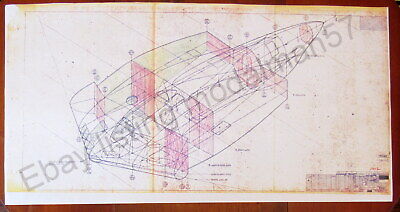
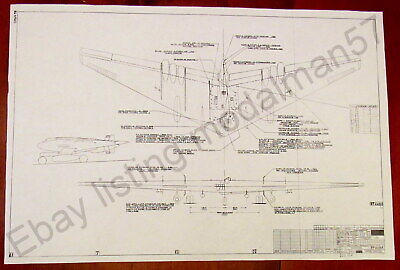
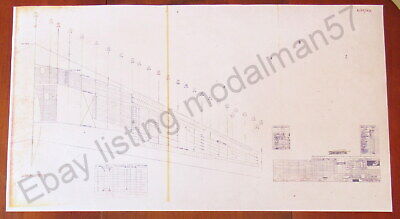
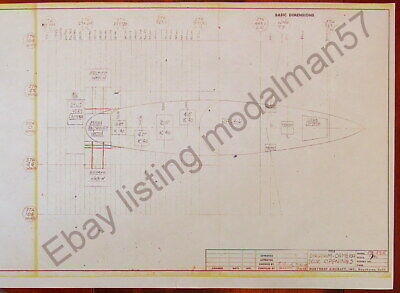
Well, both YB-49s were destroyed during flight test. None of the "shells" at Hawthorne were completed to a flyable state.What I find disgraceful about this project is that NONE of these flying-wings were preserved, they were all in a disgraceful act vandalism scrapped. Both of the XB-35s should've be sent to aviation museums along with at least two of the YB-35As and at least one example each of the YB-49 and YRB-49.
